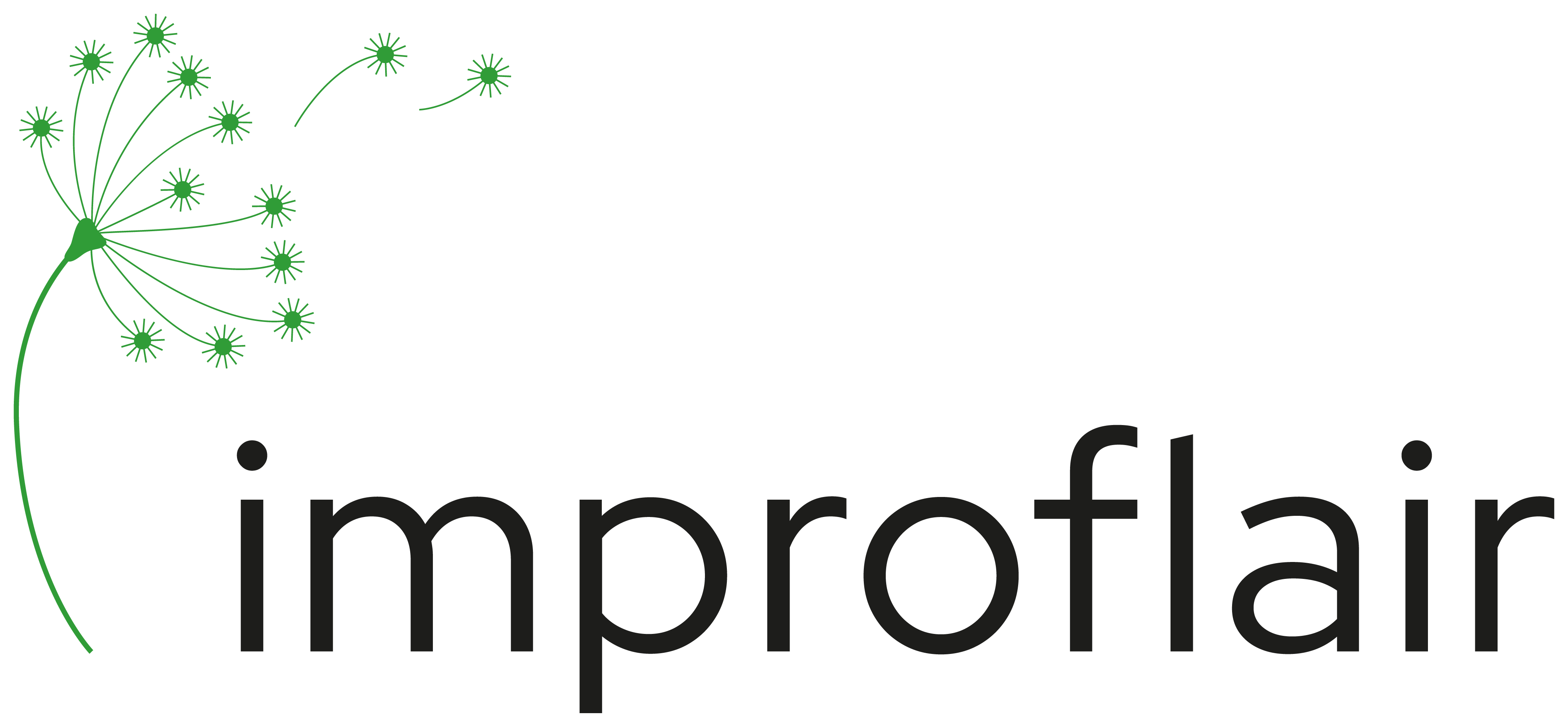Impulses to really see / here / perceive each other
A paradigm for any form of improvisation is, to notice what others around you are doing and also to use impulses offered by these people. That sounds quite normal, naturally, self-evident. One point is, that we often forget to do it, another one is that again and again it is important, to practice to do […]
Too many things at the same time? Yes, and – needs “space”…
I have been invited as a speaker to “Impro talks symposium” (Zurich, Oktober, 2016) organized by Gunter Lösel (Institute for the performing arts and film at Zurich University of the arts). One workshop was done by the marvelous Dr. Duncan Marwick. He is an expert and practitioner on playback theater, he worked with the participants […]
Angewandte Improvisation und Wissensmanagement
Was genau unter Wissen zu verstehen ist und wo die Grenzlinien zu Informationsaustausch oder Bildung liegen, dafür gibt es sehr unterschiedliche, teils einander widersprechende Definitionen. In meiner langjährigen beruflichen Tätigkeit durfte und darf ich immer wieder Prozesse begleiten und gestalten, bei denen es u. a. darum geht, wie ich als jemand der/die etwas tut, anderen […]
Rückblick 1 Jahr Arbeit an Dissertation improflair & Ausblick
Wie berichtet habe ich am Ende des vergangenen Sommers mit der Umsetzung meiner Dissertationsarbeit begonnenn zum Thema des Einsatzes von Methoden aus der angewandten Improvisation offline und online im Bereich der tertiären BIldung. Dazu habe ich jetzt einen Rückblick der Aktivitäten zusammengestellt sowie einen Ausblick auf das laufende / kommende Dissertationsarbeitsjahr. Schön vielfältig und spannend! […]

